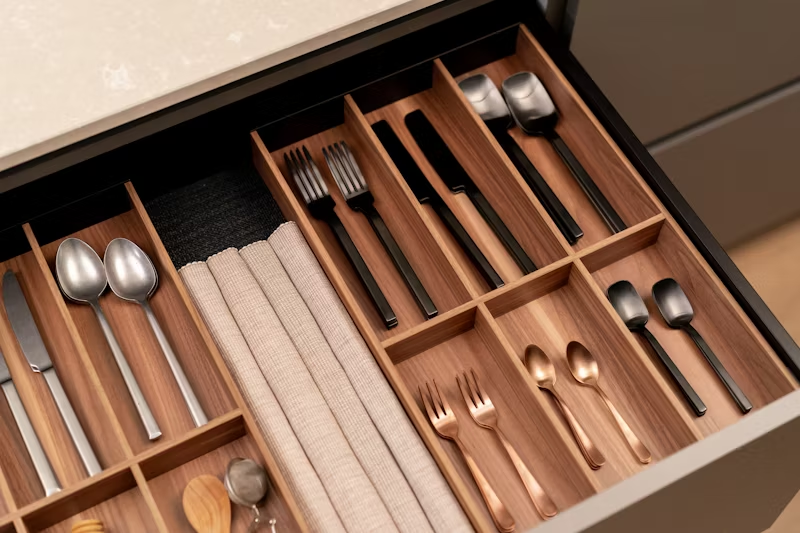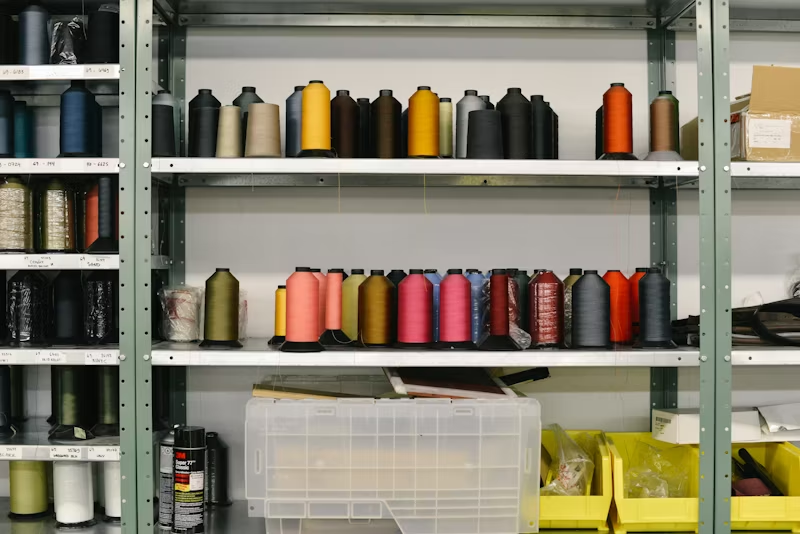A messy house can be overwhelming and stressful, making it difficult to know where to start when it comes to organizing. The clutter can not only affect physical health but also mental health. However, with a little bit of effort and a solid plan, anyone can start organizing their messy house and create a more peaceful and functional living space.
The first step in organizing a messy house is to declutter. Sorting items into categories and getting rid of anything that is no longer needed or used can free up space and make the rest of the organizing process much easier. Once the room is decluttered, it’s time to create a plan for organizing the remaining items. Consider the layout of the room and how it can be optimized for storage and functionality.
Organizing a messy house can seem like a daunting task, but taking it one step at a time can make it more manageable. By decluttering and creating a plan for organizing, anyone can create a more functional and peaceful living space that can positively impact both physical and mental health.
Getting Started with Decluttering
Decluttering a messy house can be an overwhelming task. However, with the right approach, it can be a manageable process. Here are some steps to help get started with decluttering:
Assessing the Situation
Before starting the decluttering process, it’s important to assess the situation. This involves taking a look at the entire house and identifying which areas need the most attention. This can be done by creating a list of rooms or areas that need to be decluttered.
Creating a Decluttering Plan
Once the areas that need the most attention have been identified, it’s time to create a decluttering plan. This involves breaking down the decluttering process into smaller, more specific tasks. For example, if the kitchen needs to be decluttered, the plan may involve decluttering the pantry, cabinets, and drawers separately.
Setting Realistic Goals
It’s important to set realistic goals when creating a decluttering plan. This involves setting a timeline and schedule for completing each task. It’s also important to be specific about what needs to be done and how long it will take. For example, decluttering the pantry may take one hour, while decluttering the cabinets may take two hours.
By following these steps, the decluttering process can be more manageable and less overwhelming. It’s important to remember that decluttering is a process and may take some time to complete. However, by creating a specific plan and setting realistic goals, the task can be accomplished successfully.
Effective Cleaning and Sorting Strategies
When it comes to organizing a messy house, cleaning and sorting are the two most essential steps. Here are some effective strategies to help you get started.
Sorting Items by Category
One of the best ways to start organizing a messy house is to sort items by category. This method is commonly used in the KonMari method and Swedish Death Cleaning. By grouping similar items together, you can easily see what you have and what you need to get rid of. For example, you can sort clothes by type, such as pants, shirts, and dresses. You can also sort kitchen items by function, such as baking tools, utensils, and plates.
Deciding What to Keep or Discard
Once you have sorted your items, the next step is to decide what to keep or discard. You can use the KonMari method or Swedish Death Cleaning to help you make these decisions. The KonMari method encourages you to keep items that “spark joy” and discard those that don’t. Swedish Death Cleaning, on the other hand, encourages you to get rid of items that you no longer need or use.
Cleaning as You Go
Cleaning as you go is an effective strategy to keep your house organized. This means that you clean and put away items as soon as you are done using them. For example, after you finish cooking, you can immediately wash the dishes and put them away. This will prevent clutter from piling up and make it easier to maintain a clean and organized home.
By using these effective cleaning and sorting strategies, you can start organizing your messy house with confidence.
Organizing Your Space
Keeping a messy house organized can be a daunting task, but with the right tools and mindset, it can be easily accomplished. Utilizing storage solutions is key to keeping your space tidy and functional. Bins, shelves, baskets, drawer dividers, and hooks are all great options for storing items in an organized manner. Consider using drawer organizers to keep small items like jewelry, makeup, and office supplies in their place.
Utilizing Storage Solutions
When it comes to storage solutions, it’s important to choose the right type of storage for your needs. Shelves are great for storing books, decorative items, and larger items that won’t fit in drawers. Baskets and bins are perfect for storing items that you need to access frequently, such as toys or craft supplies. Hooks are ideal for hanging items like coats, bags, and hats.
Maintaining Organization in High-Traffic Areas
High-traffic areas like entryways, kitchens, and bathrooms can quickly become cluttered and disorganized. To maintain organization in these areas, consider using decorative storage solutions that blend in with your decor. For example, a woven basket can be used to store extra towels in the bathroom, while a decorative tray can be used to hold keys and mail in the entryway.
Creating a Functional and Aesthetic Space
Creating a functional and aesthetic space is key to keeping your home organized. Consider using decorative storage solutions that not only keep your items organized but also add to the overall aesthetic of your space. For example, a set of colorful storage boxes can add a pop of color to a bookshelf, while a decorative tray can be used to display your favorite items on a coffee table.
Overall, organizing your space requires a bit of effort and planning, but with the right tools and mindset, it can be easily accomplished. By utilizing storage solutions, maintaining organization in high-traffic areas, and creating a functional and aesthetic space, you can keep your messy house organized and tidy.
Establishing Effective Routines and Habits
Establishing effective routines and habits is crucial in maintaining an organized home. By incorporating organizational habits into daily life, individuals can develop discipline and structure that can help them stay on track and avoid falling back into old habits.
Daily and Weekly Maintenance Routines
One of the most important aspects of establishing effective routines and habits is to create daily and weekly maintenance routines. These routines can help individuals stay on top of household tasks, such as cleaning and organizing. Creating a schedule for these tasks can help ensure that they are completed consistently and can help individuals avoid feeling overwhelmed.
Building Momentum with Small Wins
Another important strategy for establishing effective routines and habits is to build momentum with small wins. By starting with small tasks, such as organizing a single drawer or cleaning a small area, individuals can build momentum and gain confidence in their ability to maintain an organized home. This can help them tackle larger tasks with greater ease and avoid feeling overwhelmed.
Incorporating Organizational Habits into Daily Life
Finally, it is important to incorporate organizational habits into daily life. This can include simple strategies such as making the bed every morning or putting things away immediately after using them. By making these habits a part of daily life, individuals can maintain an organized home with minimal effort.
Overall, establishing effective routines and habits is essential in maintaining an organized home. By creating daily and weekly maintenance routines, building momentum with small wins, and incorporating organizational habits into daily life, individuals can develop discipline and structure that can help them stay on track and maintain an organized home.
Overcoming Common Organizational Challenges
Organizing a messy house can be a daunting task, and sometimes it can be overwhelming to know where to start. In addition to the practical challenges of decluttering and finding a place for everything, there are also emotional challenges that can arise when dealing with sentimental items or adjusting to life changes. Here are some practical tips to help overcome common organizational challenges.
Dealing with Sentimental Items
One of the biggest challenges when decluttering is dealing with sentimental items. It can be difficult to let go of items that have sentimental value, but it’s important to remember that memories are not tied to physical objects. One practical tip is to take a photo of the item and keep the photo as a reminder of the memory. Another option is to keep a small box of sentimental items, but limit the size of the box to avoid clutter.
Staying Organized with Kids or Pets
Living with kids or pets can make it challenging to maintain a clutter-free home. One practical tip is to involve kids in the decluttering process by giving them a sense of accomplishment for helping to reduce clutter. It’s also important to have a designated space for pet items, such as a basket for toys and a hook for leashes.
Adjusting to Life Changes
Life changes such as moving, a new job, or a new family member can make it difficult to maintain an organized home. One practical tip is to have a designated space for important documents, such as a filing cabinet or a folder. This can help reduce stress and ensure that important documents are easily accessible. It’s also important to regularly donate items that are no longer needed, especially when adjusting to a new living space.
In summary, overcoming common organizational challenges requires practical tips and a positive mindset. By taking small steps and involving family members, it’s possible to reduce stress and live in a clutter-free home.



